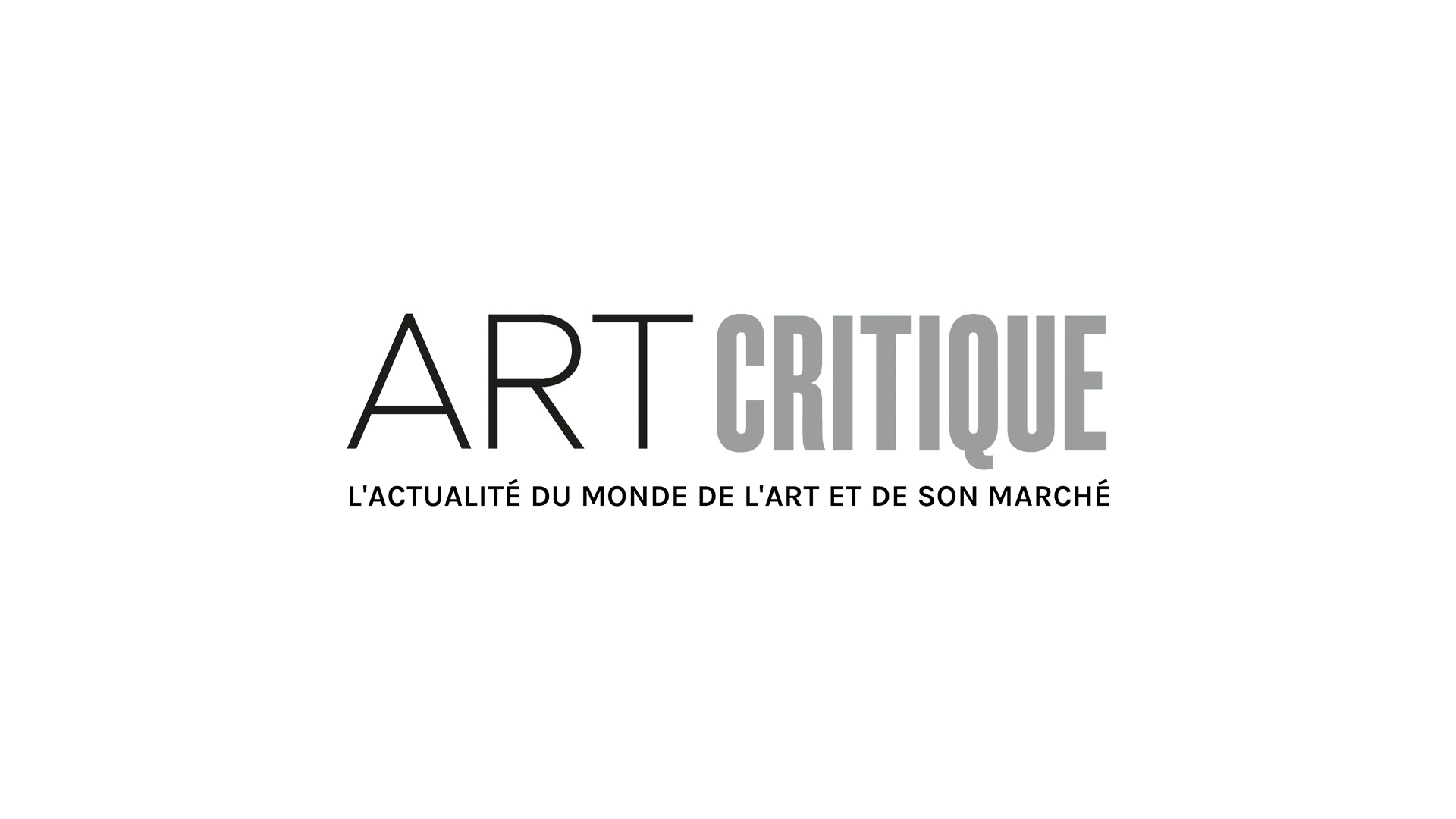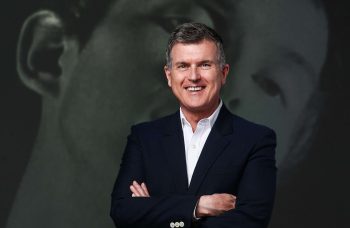The MacArthur Fellowship is a prestigious fellow programme presented by the John D. and Catherine T. MacArthur Foundation that seeks to support creatives in the US across a plethora of backgrounds. Since it began in 1981, more than 1,000 people have benefitted from the programme and this year, another 26 fellows have been added to their ranks. Of those 26, there are composers, scientists, and scholars, but also, a number of artists.
Mel Chin (Egypt, NC), Jeffrey Gibson (Annandale-on-Hudson, NY), and Cameron Rowland (Queens, NY) were three such artists selected as this year’s cohort of fellows. In addition to the prestige that comes along with being a MacArthur Fellow, each will be the recipient of a $625,000 ‘no strings attached’ stipend that is paid out quarterly over the course of five years to support their practice. Chin, Gibson, Rowland, and all of the other new fellows were nominated for the programme not by application but by one of the MacArthur external nominators who are invited to weigh in and are consistently rotated in and out. The 26 recipients were chosen out of a pool of about 2,000 nominations.
Chin is an artist known for a body of work that tackles difficult social and environmental issues. Throughout his career, he has worked in a variety of medium including collage, animated film, sculpture, and video games. He has worked collaboratively as well as on his own exploring notions of global conflict, gender, and environmental topics like climate change and lead poisoning. Some of Chin’s best-known works include In the Name of the Place (1994-1996), a conceptual work produced by the GALA Committee, which Chin initiated, Fundred Project (2006-present), and Wake and Unmoored (2018), which both centred around New York’s Time Square. At 67, Chin is also one of the oldest people to be recognized as a MacArthur Fellow.
Through his multidisciplinary approach as an artist and a craftsperson, Gibson (age 47) has created a new visual vocabulary through his work. A hybrid of sorts, he has brought together Western cultural traditions with that of Native American culture to highlight the historic erasure of Native American traditions. As a member of the Choctaw Indians, Gibson, who is also of Cherokee descent, has produced a body of work that includes paintings, sculptures, video, and textiles. To add to themes of traditions and identity that are woven through his works, Gibson also explores issues of Pop culture, sexuality, and politics.
Finally, Rowland, who at age 30 is one of the youngest fellows, has used his works to highlight systematic racism and economic injustice common in institutions, systems, and policies. Each work produced by Rowland is steeped in research to expose the ways in which exploitation, of many kinds, is prominent today. From the use of prison inmate labour, as in his 2016 exhibition ‘91020000,’ to the oppression of black Americans, as in Disgorgement (2016), to corruptions in the artworld itself, as portrayed in 2015 MOCA REAL ESTATE ACQUISITION, which was part of Rowland’s 2018 ‘D37’ exhibition.
Other notable new MacArthur Fellows this year include graphic novelist and writer Lynda Barry, landscape and public artist Walter Hood, writer Valeria Luiselli, and poet and fiction writer Ocean Vuong.





